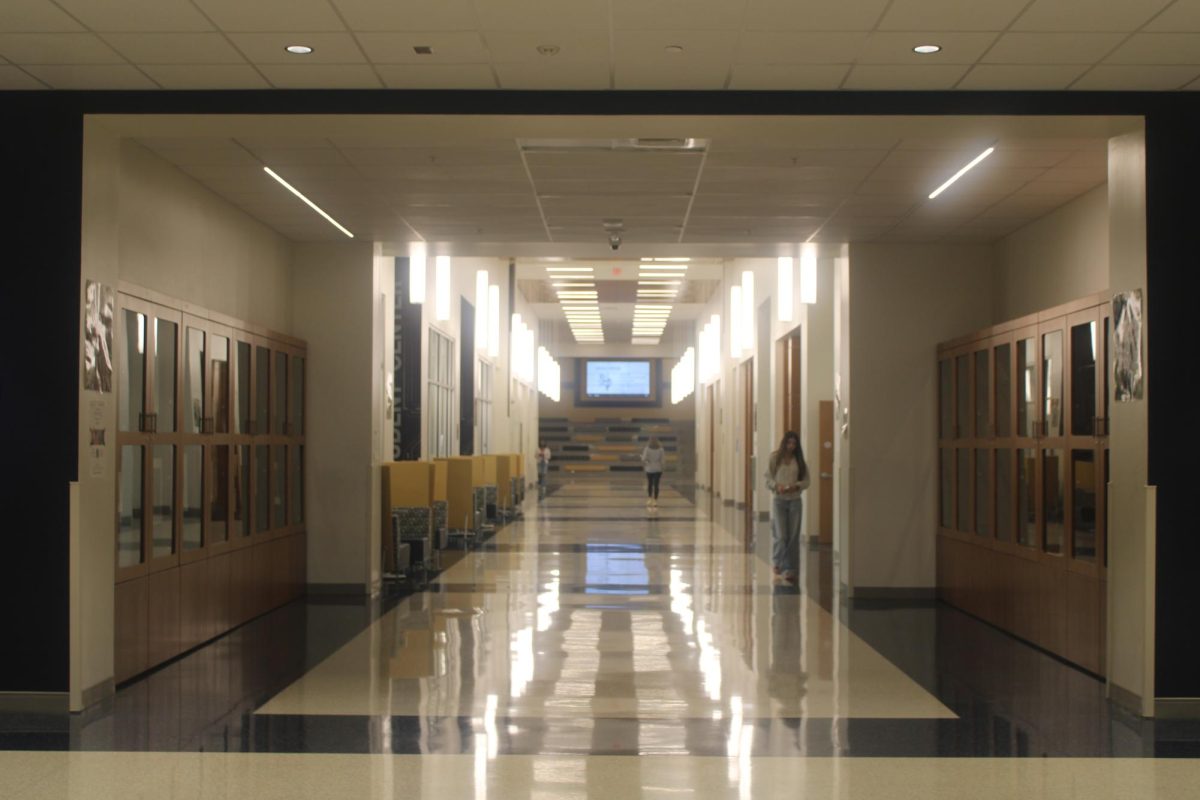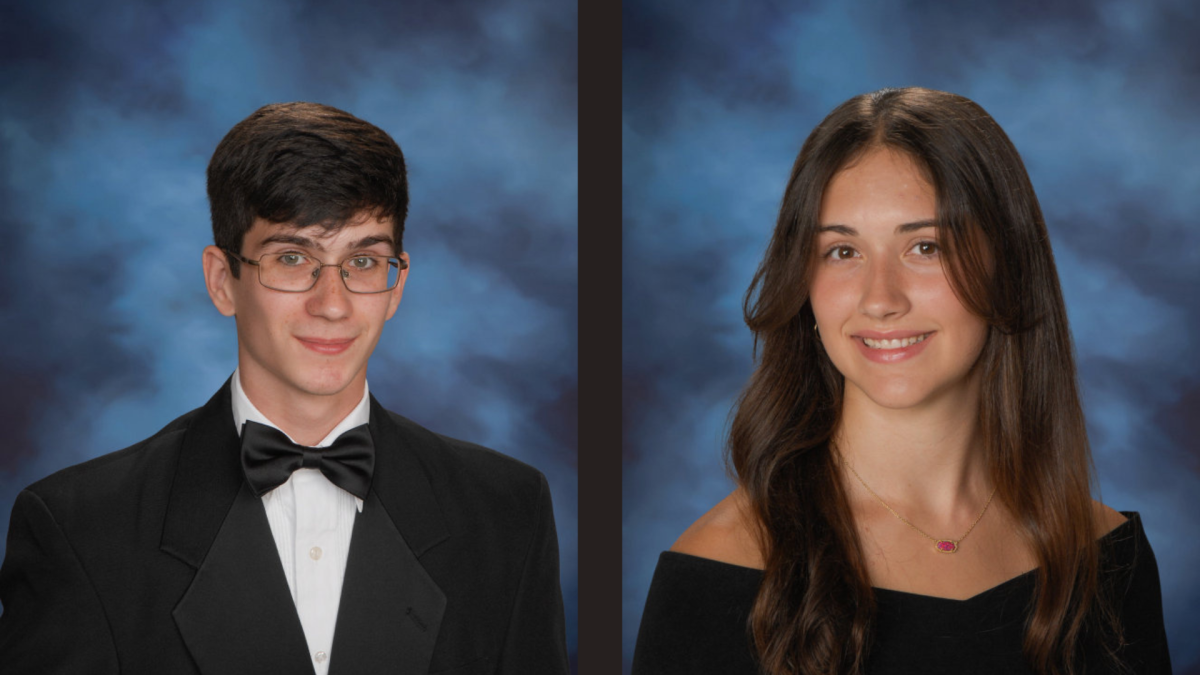At Spartanburg High School, over 2,000 students roam the halls each day, and with that many high schoolers scrambling around, some ground rules need to be in place. Of course, SHS has the typical rules just about every high school in America must follow, like no fighting, no cursing, and no phones unless used during designated times throughout the day. This year, some big changes were made to SHS’s policies and rules, including the removal of Viking Flex.
Viking Flex, also known as “Viking Hour,” was designed as a 25-minute time period during the day before lunch that allowed students to participate in clubs, study halls and a variety of athletic activities. After the 2023-2024 school year, Viking Flex was discontinued. There were some issues with getting students to participate in activities and managing class time.
Genesie Smith (11) has a positive opinion on Viking Flex and liked to get work done during the period.
“I thought that Flex was a good time of the day to get work done and sometimes socialize with my friends. I do remember there was some trouble being made from time to time, so I can probably see why they took it away,” Smith said.
Walker Nunes (12) thinks Viking Flex was good for people who didn’t have a lot of time after school to do homework, like athletes or those participating in other extracurriculars.
“Flex was a great time for people to study and get some of their homework done, especially student-athletes,” Nunes said. “Removing it from the schedule could also be a good thing because I remember some kids weren’t using their time wisely and there were a lot of times people got in trouble for it.”
For most schools, cellphones are frowned upon especially when they can potentially cause distractions during periods of instruction. In July 2024, a new state-mandated policy was brought into the mix of all South Carolina public schools regarding cellphones on school grounds. The South Carolina Board of Education proposed a new mandate that involves not just phones but all electronic devices capable of capturing camera footage and sending or receiving information. This includes tablets, smart watches, gaming devices and of course, phones. All the students’ devices will need to be “powered off and stored as directed by the school district,” Patrick Kelly said, Director of Government Affairs for the Palmetto State Teachers Association (PSTA).
“Yes, (the cellphone) is a distraction in the classroom, but it’s also something that is contributing to heightened anxiety to mental health problems outside the classroom,” Kelly said. “Whether that’s airdropping an embarrassing picture of someone or getting on social media and sparking a conflict. By taking student cell phones out of the equation from the school day, we should see diminished problems in those areas.”
At SHS this year, cellphones are to be put away once the bell rings to go to class at 8:05 AM. They are to not be taken out after the 8:05 bell, until students’ designated lunch time or after the dismissal bell at 3:30 PM.
Cameron Jaynes (11), a student-athlete himself, thinks cell phones are a good way of communication for afterschool activities or extracurriculars.
“I don’t like the idea of not being able to at least look at my phone at lunch or whenever I need to know about practice after school. Phones are important to not just athletes but also people who need to communicate to their parents or whoever is picking them so that they can get a safe ride home after school,” said Jaynes.









